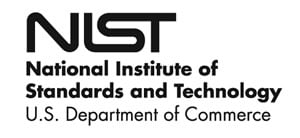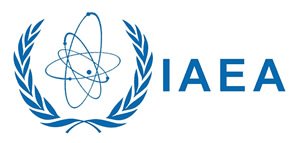RSS Feed Source: NIST Blog
Lost Radiography Device
Print View Posted on: 19 March 2025
Event Date: 06 March 2025 Event Type: Radiation Source Event Location: United States of America, Mentone, Texas / National Inspection Services, LLC INES Rating: 1 (Final)
On March 6, 2025, a radiography crew working approximately 16 km (10 mi) east of Mentone, Texas, reported losing a SPEC 150 exposure device containing a 3.53 TBq (95.4 Ci) iridium-192 source.
Update: On March 13, 2025, a member of the public contacted the licensee stating they had found the exposure device. The device was recovered by and is in the possession of the licensee. The device had remained in a locked shed since being found. The exposure device was found to be intact and no attempt was made to operate or tamper with the device. Exposure levels were normal and no individual would have received any significant exposure due to this event.
NRC EN57596
INES Rating: 1 – Anomaly (Final) as per 19 March 2025
Impact on people and the environment Release beyond authorized limits? No
Click this link to continue reading the article on the source website.


